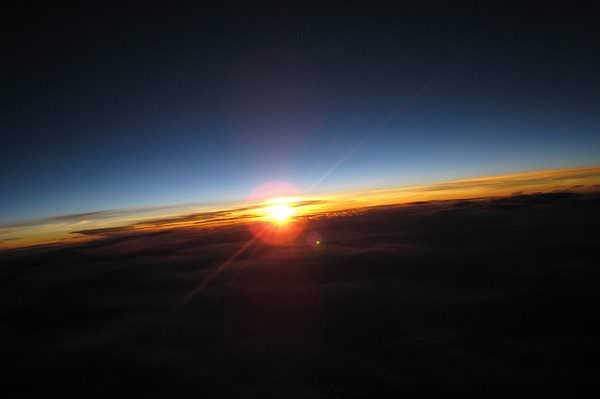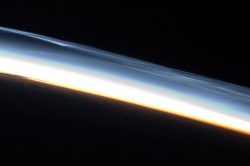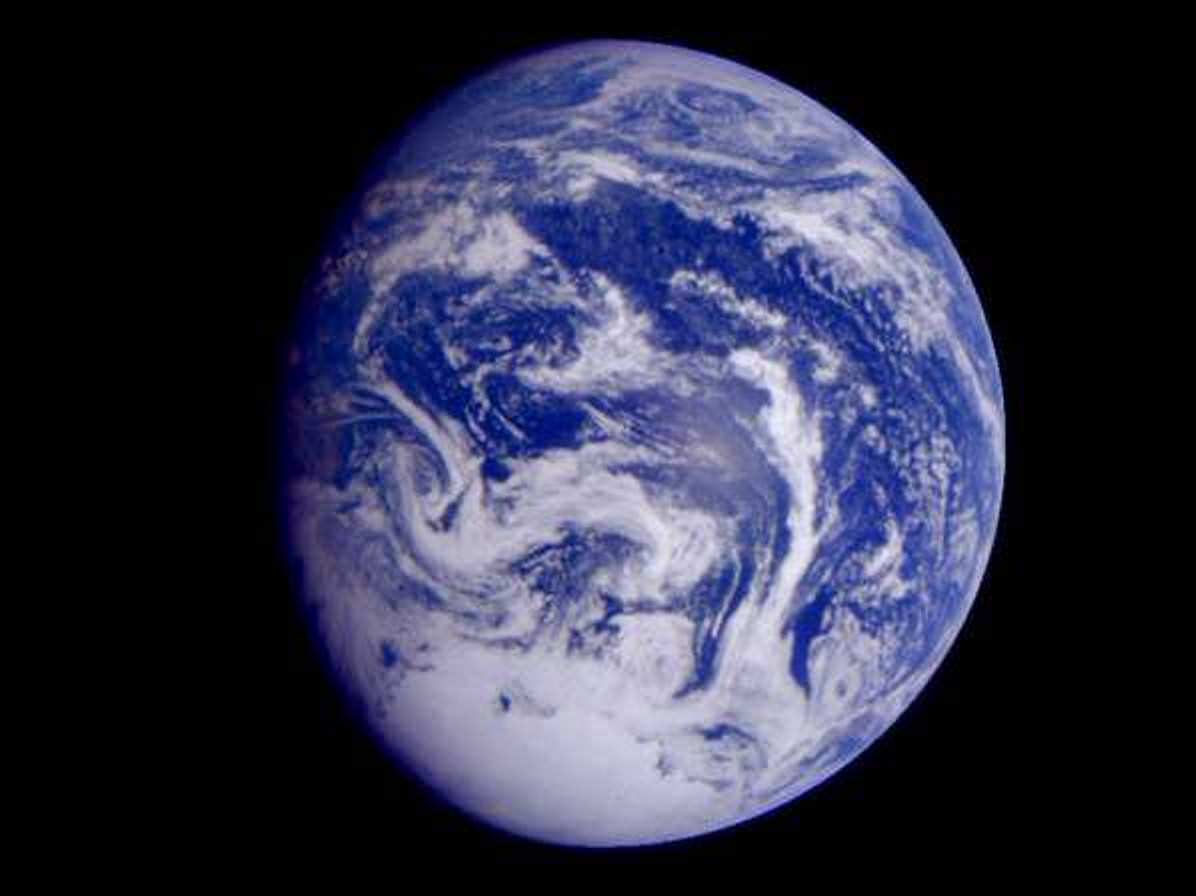You may have heard the saying at some point in your life: “The Sun will still rise in the east and set in the west tomorrow.” You get the point, it means it’s not the end of the world. But have you ever wondered why the Sun behaves this way? Why does – and always has, for that matter – the Sun rise in the east and set in the west? What mechanics are behind this?
Naturally, ancient people took the passage of the Sun through the sky as a sign that it was revolving around us. With the birth of modern astronomy, we have come to learn that its actually the other way around. The Sun only appears to be revolving around us because our planet not only orbits it, but also rotates on its axis as it is doing so. From this, we get the familiar passage of the Sun through the sky, and the basis for our measurement of time.
Earth’s Rotation:
As already noted, the Earth rotates on its axis as it circles the Sun. If viewed from above the celestial north, the Earth would appear to be rotating counter-clockwise. Because of this, to those standing on the Earth’s surface, the Sun appears to be moving around us in a westerly direction at a rate of 15° an hour (or 15′ a minute). This is true of all celestial objects observed in the sky, with an “apparent motion” that takes them from east to west.

This is also true of the majority of the planets in the Solar System. Venus is one exception, which rotates backwards compared to its orbit around the Sun (a phenomena known as retrograde motion). Uranus is another, which not only rotates westward, but is inclined so much that it appears to be sitting on its side relative to the Sun.
Pluto also has a retrograde motion, so for those standing on its surface, the Sun would rise in the west and set in the east. In all cases, a large impact is believed to be the cause. In essence, Pluto and Venus were sent spinning in the other direction by a large impact, while another struck Uranus and knocked it over on its side!
With a rotational velocity of 1,674.4 km/h (1,040.4 mph), the Earth takes 23 hours, 56 minutes and 4.1 seconds to rotate once on its axis. This means, in essence, that a sidereal day is less than 24 hours. But combined with its orbital period (see below), a solar day – that is, the time it takes for the Sun to return to the same place in the sky – works out to 24 hours exactly.
Earth’s Orbit Around the Sun:
With an average orbital velocity of 107,200 km/h (66,600 mph), the Earth takes approximately 365.256 days – aka. a sidereal year – to complete a single orbit of the Sun. This means that every four years (in what is known as a Leap Year), the Earth calendar must include an extra day.
Viewed from the celestial north, the motion of the Earth appears to orbit the Sun in a counterclockwise direction. Combined with its axial tilt – i.e. the Earth’s axis is tilted 23.439° towards the ecliptic – this results in seasonal changes. In addition to producing variations in terms of temperature, this also results in variations in the amount of sunlight a hemisphere receives during the course of a year.
Basically, when the North Pole is pointing towards the Sun, the northern hemisphere experiences summer and the southern hemisphere experiences winter. During the summer, the climate warms up and the sun appears earlier in the morning sky and sets at a later hour in the evening. In the winter, the climate becomes generally cooler and the days are shorter, with sunrise coming later and sunset happening sooner.
Above the Arctic Circle, an extreme case is reached where there is no daylight at all for part of the year – up to six months at the North Pole itself, which is known as a “polar night”. In the southern hemisphere, the situation is exactly reversed, with the South Pole experiencing a “midnight sun” – i.e. a day of 24 hours.
And last, but not least, seasonal changes also result in changes in the Sun’s apparent motion across the sky. During summer in the northern hemisphere, the Sun appears to move from east to west directly overhead, while moving closer to the southern horizon during winter. During summer in the southern hemisphere, the Sun appears to move overhead; while in the winter, it appears to be closer to the northern horizon.
In short, the Sun rises in the east and sets in the west because of our planet’s rotation. During the course of the year, the amount of daylight we experience is mitigated by our planet’s tilted axis. If, like Venus, Uranus and Pluto, a large enough asteroid or celestial object were to strike us just right, the situation might be changed. We too could experience what it is like to watch the Sun rise in the west, and set in the east.
We have written many interesting articles about planet Earth here at Universe Today. Here’s Why Does the Earth Spin?, The Rotation of the Earth, How Fast Does the Earth Rotate?, and Why Are There Seasons?
Here’s an article from Cornell’s Ask an Astronomer about this very question. And here’s an article from How Stuff Works that explains the whole Solar System.
Astronomy Cast also has episodes on the subject, like Episode 30: The Sun, Spots and All, and Episode 181: Rotation.




